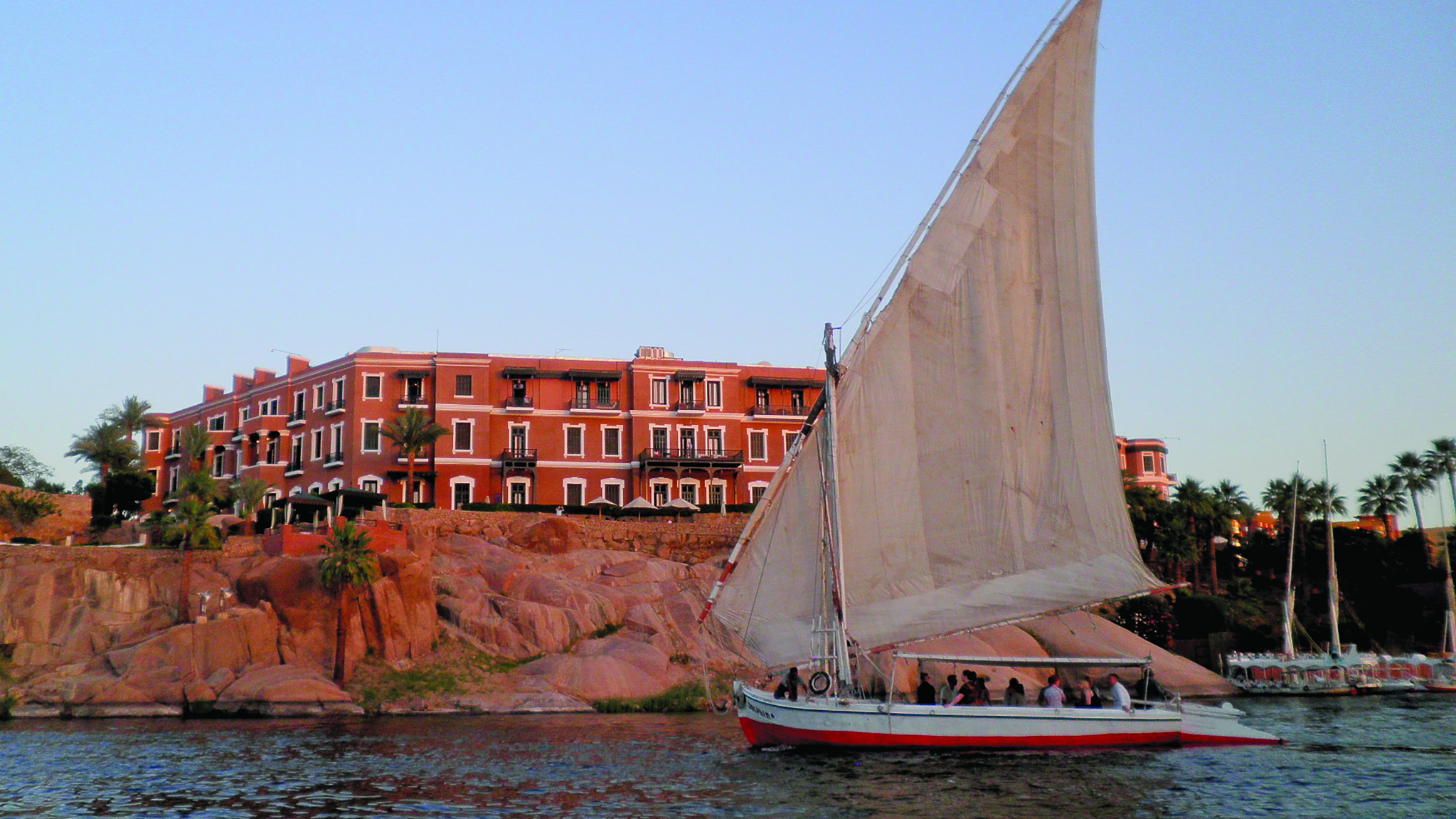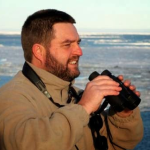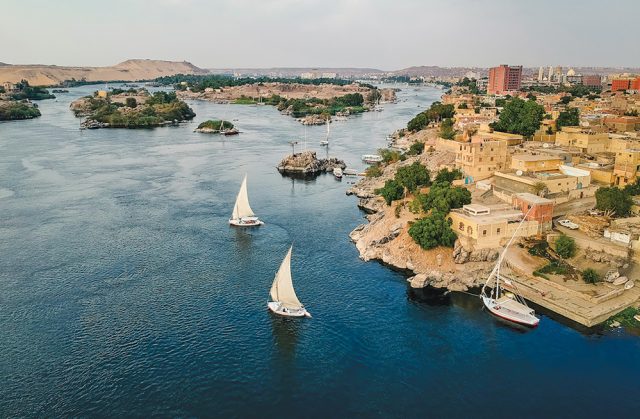Ahmed manhandles the rigging with all the aplomb of a practised hand. There’s just the right amount of wind to fill the big lateen sail and propel us along at an impressive clip.
This is not the America’s Cup by any means, but I’ll wager our skipper, Omar, is the local equivalent of Dennis Connor if his weathered, parchment skin and relaxed hand on the tiller is anything to go by.
Here on this busy section of the Nile, adjacent to the wharf at Aswan, we’re cruising on a local felucca, the elegant Egyptian wooden boats that have sailed the world’s longest river for thousands of years. Sure, it’s a tourism staple, but it’s a most enjoyable experience nonetheless.
Aswan is just one of the major archaeological centres along the 1600km stretch within Egypt. The full length of the Nile is some 6650km, extending all the way through Sudan to the south and into Ethiopia and Uganda. Its elusive source has been the quest of countless explorers for millennia.
Our 60-minute course loops anti-clockwise around gigantic Elephantine Island, dominated by the Third Dynasty Step Pyramid of the same name and the sprawling Movenpick Resort. Other curious embellishments on the island include many Banksy-like visual tributes to reggae superstar Bob Marley. No one can confidently say just what the connection is, but clearly he made an impression here.
Appearing on our starboard is the lush Kitchener Island, overflowing with exotic plants of all descriptions.
“The island was gifted to Lord Kitchener in 1898 as a reward for defeating the armies of Sudan,” our guide Rania tells us, “and he planted trees from all over the world here. It’s now a botanical park.”
The southern passage around the island brings us into the grasp of the First Cataract, a series of low granite rocks that form treacherous obstacles for any navigator unfamiliar with these waters. Omar barely bats an eyelid as he threads the falucca through these outcrops as we prepare to tack northward back to the wharf.
Looming on the precipice to our starboard is the imposing Old Cataract Hotel, now part of the Sofitel Legends collection of iconic hotels. Cinema buffs of a certain age will know this famous hotel from its starring role in that 1978 classic film, Agatha Christie’s ‘Death on the Nile’. The 2022 remake, sadly, did not film on location, but instead built the sets in the studio.

We later resolved to visit the hotel for lunch, which we did the following day, enjoying a simple but decadent meal on the balcony overlooking the fabulous vista, imagining Peter Ustinov, David Niven and Bette Davis supervising the loading of their luggage onto the elegant steamer, Karnak. The vessel, built in 1885, still exists and sails as PS Sudan today.
Aswan has long been a trading centre and market city, dating back some 4500 years, and borders the ancient lands of Nubia and Egypt. Today, it hosts five UNESCO-listed monuments and is the departure point for coaches travelling to the Temple of Abu Simbel, located almost 300km to the South. At night, you can visit the vibrant spice market and run the gauntlet of enthusiastic touts spruiking all manner of souvenirs and trinkets.
Those boarding Nile cruise boats destined for Luxor on a three- or four-day voyage can replicate the passage of ancient merchants carrying their cargo of ivory, ebony, gold and incense to the pharaohs of Egypt.
For a complete exploration of Egypt, including Cairo, Alexandria, Aswan and Luxor, take a popular Intrepid Travel tour. Visit https://www.intrepidtravel.com/en/egypt.

Roderick Eime
Roderick Eime is a veteran travel and tourism journalist, broadcaster and photographer who has travelled the world for more than 40 years. He has explored every continent, sailed every ocean, and visited almost 100 countries. He has contributed to Western Weekender for more than 10 years and is regularly heard on ABC Radio.

